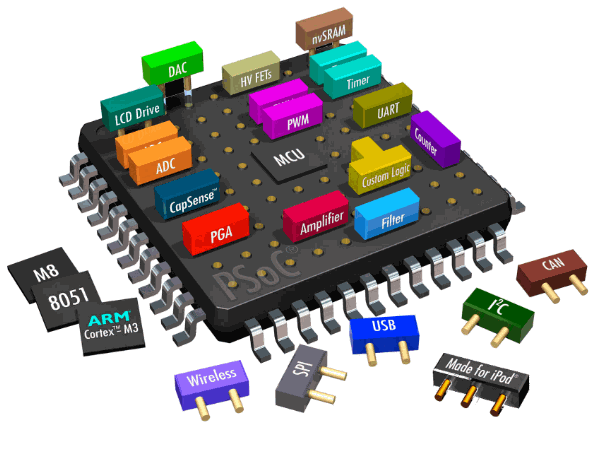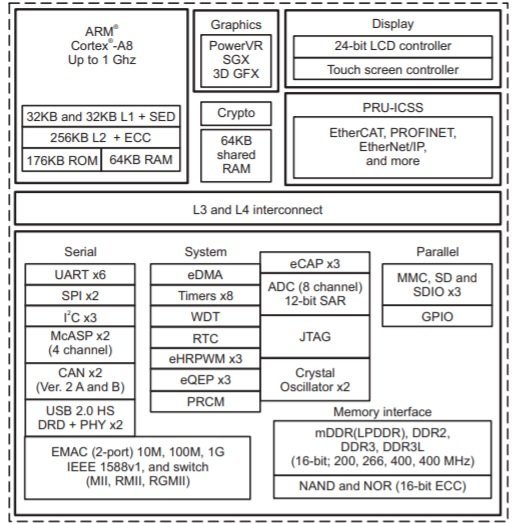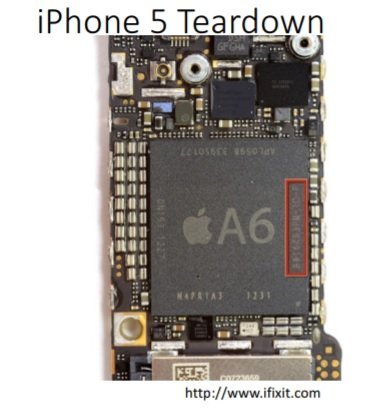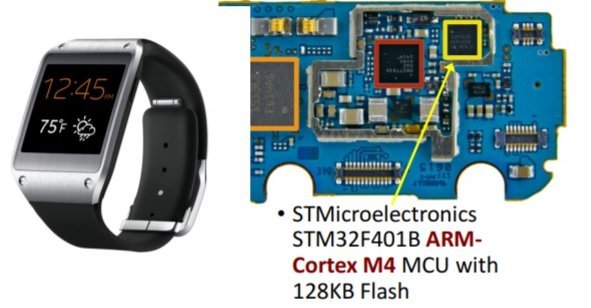A System on Chip usually known as an SoC is basically a circuit embedded on a small coin-sized chip and integrated with a microcontroller or microprocessor. It is called a system on the chip but this chip contains an entire system embedded in it. The design of a system on chip usually includes a central processing unit, memory, ports for input and outputs, secondary storage devices, and peripheral interfaces such as I2C, SPI, UART, CAN, Timers, etc. Depending upon the requirement it can also consist of a digital or analog signal processing system or a floating-point unit.

What is SoC?
In contrast with a typical motherboard of a PC architecture, which allows the user to attach or detach the replaceable component, SoC integrates all the components on the circuit, in other words, it can be stated as all the components supported by the SoC are hardcoded on the circuit on-chip. SoC will connect the CPU, hard disk connectivity, random-access memory, read-only memory, USB connectivity, and all the secondary storage devices with the circuit embedded on the chip whereas the motherboard does this using expansion cards.
As technology is becoming more and more advanced, the tightly coupled circuits have many pros on extended hardware, like small in size, high performance, and low power consumption. Also, they consume a lot of lesser space than extensive hardware. But all of this comes with a cost of non-replaceable components. The flexibility of adjusting the number of supported components die with these perks.
SoC Example
Before SoC, all components required for complete embedded system development was built on a PCB. But now with advancement in technology, a single chip contains all peripherals such as peripherals, DMA, Memory controllers, etc along with microproprocess or microcontroller inside a single chip.
Lets take an example of beaglebone black development board. This board contains a AM335x microprocessor based SoC. This block diagram shows the all internal components of AM335x SoC.

As you can see in the above block diagram, this SoC contains all peripherals inside the single chip along with Cortex A8 processor.
Types of SoC
There are a few types of SoC listed below,
- SoC used in microprocessors.
- Built for microcontrollers.
- SoC designed for a special dedicated application and cannot be used for any other work.
- Programmable SoC, not all but few components of such SoC are programmable.
Advantages of SoC
- Reduction in overall system design as compare to motherboard based designs.
- Compact and small size chips even the size of a fingertip.
- Better efficiency and performance.
- Less power consumption.
- Less time to market.
Main Components of SoC
Let’s now have a brief look at a few major components the SoC consist of.
Processor
Major part of the SoC is the processor embedded in it. As compared with PC, this processor is the central processing unit of the system on which this SoC will be used. All the operations required to be done by the microcontroller (on which the SoC is embedded) are routed to the processor and are implemented here.
Memory
As the name suggests, the SoC contains a unit for all the memory of the system. Both random-access and read-only memory is embedded in the integrated chip (IC) that we call a system-on-chip.
Interfaces
All the peripheral or component interfaces are embedded in this chip. This interface is usually used for communication purposes with the outer world. Interfaces like UART, USB, I2C, and HDMI are supported by the SoC through an integrated circuit.
Signal processing unit
Not all but most of the SoC contain a signal processing unit for the purpose of processing all the external signals i.e. analog to digital conversion, digital to analog conversion, noise cancelation from an audio signal to name a few.
Others: SoC also contains some basic components like crystal oscillator, clock signals or timer sources, etc.
Applications of SoC
Applications of SoC contains the following to name a few.
Mobile market
The most common and basic application of SoC is in the mobile market, majorly in smartphones. As the smartphones are getting slimmer and light in weight with the evolution of technology, the use of SoC (the size of which decreased too fast with every latest version) is the best fit with this upgrade. Also, high performance and low power consumption are some of the major factors which affect the smartphones, and SoC masters both of them.
A6 processor was the first system on chip used in Iphone5 teardown as shown in this picture.

Embedded systems
Almost every microcontroller and microprocessors that are being developed and used in the modern world contains an SoC running on top of them. Tighter coupling of the components provides reliability and better performance.
Apple smart watch is an example of embedded systems. This smart watch consists of apple S1 SoC.

Samsung glaxy gear contains a ARM Cortex M4 microcontroller based SoC .i.e. STM32F401B.

Personal Computers
Another major example of the SoC is personal computers, many personal computers these days do not contain a motherboard but SoC because high performance and small size is the need for personal computers too.
You may like to read:
- Bare-metal and RTOS Based Embedded Systems
- Bare Metal Embedded Systems Build Process using GNU Toolchain
- What is embedded system? Types and basic building blocks
- Introduction to Embedded Operating Systems
- OVERVIEW OF EMBEDDED SYSTEMS ARCHITECTURE
- WHAT ARE EMBEDDED PROCESSORS?
- What are the Main Embedded System Development Tools
- Embedded Linux Introduction
- Difference between C language and Embedded C